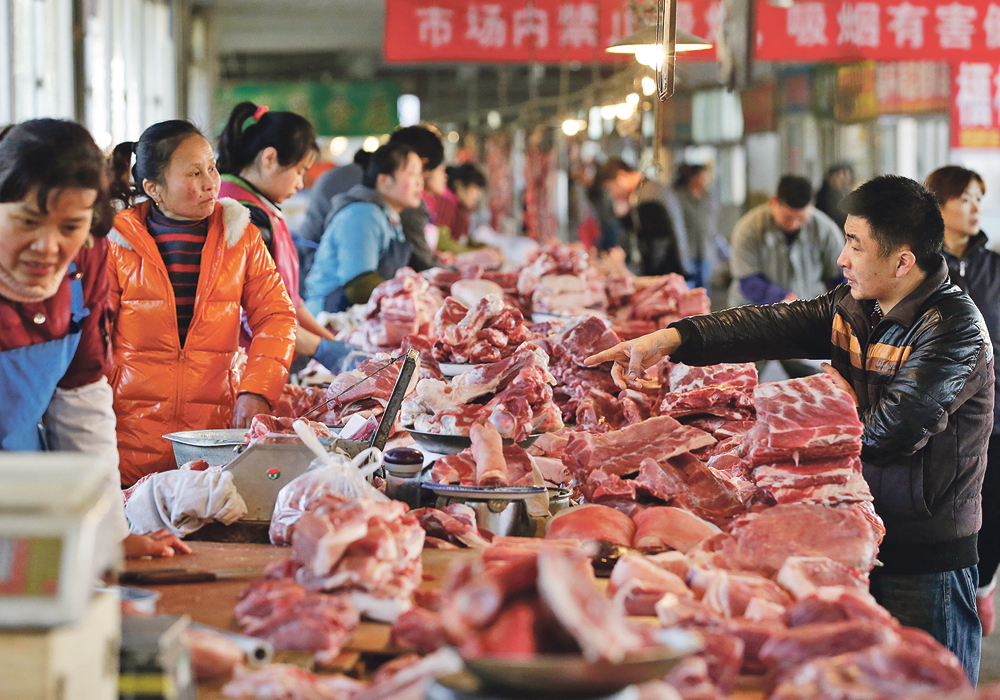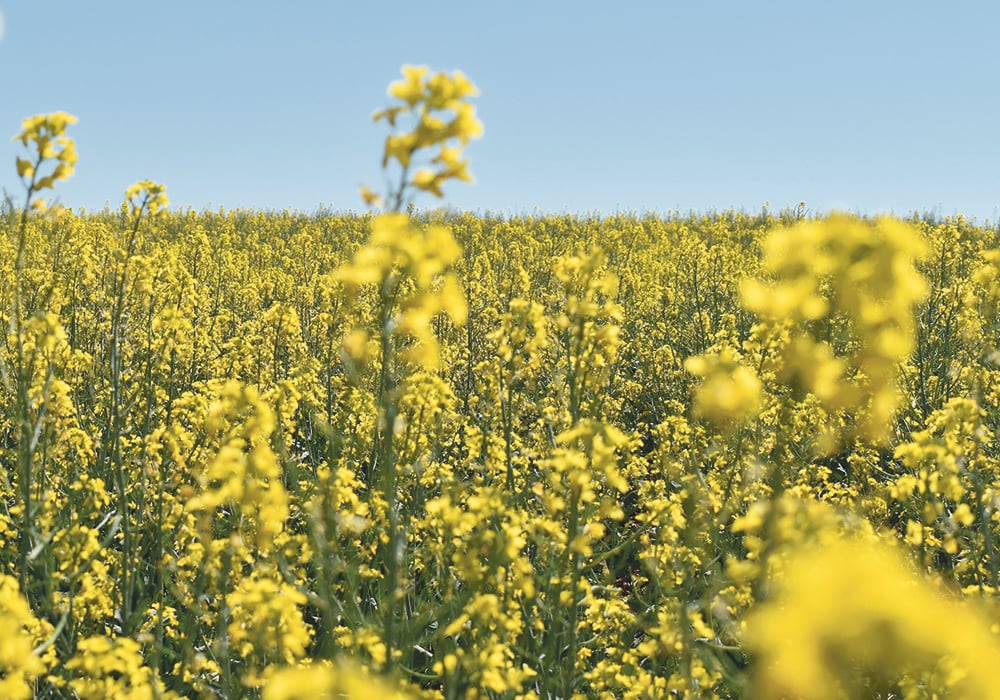I’ve written a fair amount recently on my assessment that stocks of wheat and canola could get fairly tight in Canada by the end of the crop year.
Normally, that would support crop prices, but with the volatility of the value of the Canadian dollar, we have another factor to consider. Currency fluctuations take on a higher profile now that the market appears to have a consensus that global crop supply is ample to demand for the rest of current crop year.
In the Feb. 11 Western Producer, reporter Brian Cross had a story quoting analysts John DePutter and Errol Anderson, who drew attention to the opportunities created by the weak loonie and the risk of a rally in the currency.
Read Also

Flax sector sees omega-3 opportunity
SASKATOON — A global shortage of omega-3 oils could be an opportunity for the flax sector, says an industry official….
Reading their analysis, the adage “don’t look a gift horse in the mouth” came to mind. The weak loonie is a gift for Canadian crop prices, so take advantage of it because it might not stay this low forever.
Since the story was written, the loonie has gained about three quarters of a cent.
Now, with North American oil companies steeply cutting their drilling activities and with members of the Organization of Petroleum Exporting Countries and Russia talking about capping production, there is potential for a modest recovery in oil prices this year.
It is all tentative, but if oil rallies further, then the Canadian dollar also has the potential to rise, although no one is talking about a return to US80 cents.
The loonie has already advanced four to five cents, or six percent, from mid-January when it briefly flirted with a low of 68 cents.
In the same period, Brent crude oil recovered about $6.75 a barrel, or 24 percent, from its mid-January low of $28.
The recovery from rock bottom oil prices supported the loonie, as did the growing market attitude that the U.S. Federal Reserve would take a go-slow approach to raising interest rates in recognition of the uncertain effects of a plunging stock market and slowing China growth.
That moderated previous concerns that the Fed might raise rates aggressively.
The rising loonie since mid-January contributed a lot to the drop of about $20 a tonne in the March canola futures.
There is much uncertainty about crude oil prices.
Saudi Arabia and fellow OPEC members Qatar and Venezuela agreed with Russia last week to freeze production at January levels, which were high. However, Iraq, another OPEC member, has just been freed from international sanctions and wants to raise production to win back market share.
The secretary general of OPEC said producers might be open to other steps to reduce the global supply glut and was willing to talk with the U.S.
It is good that these major exporters are finally talking about the supply glut, but there is no plan to really start reducing the surplus.
If the talks fall apart, then there is the risk that oil could again fall below $30, and instead of preparing for a stronger loonie, we might see it fall below 70 cents again.
Currency fluctuation could dominate crop price movement in Canada for another month or two until spring arrives and we see if weather issues, such as a potential quick shift from an El Nino to a La Nina, will challenge winter crops as they come out of dormancy or prevent seeding of the spring crop in the Northern Hemisphere.
There are a few potential production issues out there, such as drought in India and North Africa and late winter stresses in Russia and Ukraine, but most in the trade are fixated on the current comfortable crop supply.















